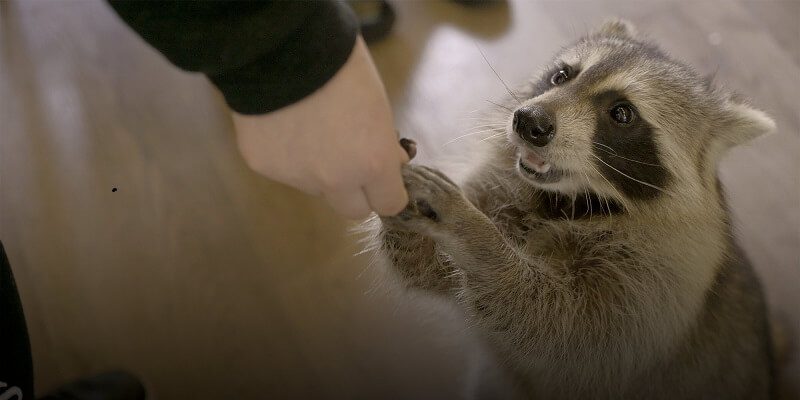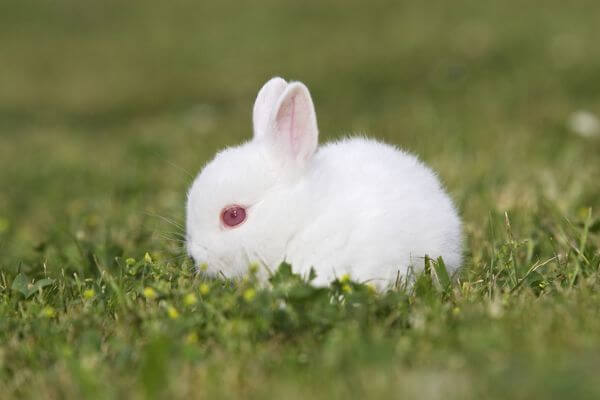The otter is familiar to many due to the fact that images of semi-aquatic mammals are quite common on the internet. Funny, skillful, and chubby, but these are not all the characteristics of the otter’s family. They are considered medium-sized and have a peaceful temperament, but at the same time, they do not try to tame their temperament if danger appears on the horizon.
There are 13 species of otter, aquatic, semi-aquatic, and marine, spread on all continents except for Australia and Antarctica. The largest is the giant otter, with a size from 1,5 to 1,8 meters, but the heaviest is the sea otter, which can reach 40 kilograms.
The smallest is the Asian otter with small claws, which reaches only 90 centimeters and 5 kilograms.
Otters live near rivers, lakes, wetlands, and oceans, preferring shallow, near-ground areas to avoid predators.
You might also like my articles on the differences between otters and beavers, and on whether cows can swim.
Otters have a slim body, with a long, muscular tail and fairly short legs, but strong and perfectly adapted to swimming, thanks to the interdigital membrane. The ears and nose are small and the otter has the ability to “close” them to block the water.
To protect itself from the cold, its coat is extremely thick, consisting of two layers. The underneath coat is perfectly adapted to keep warm and not let the water reach the skin. The sea otter is the mammal with the world’s densest fur, densest even than that of the animals living in the Arctic.
Can otters live on land?
The species of these animals are found in almost all corners of the globe. In the process of choosing a place to live, otters prefer a clean environment.
The habitat of some otters is in places that are part of or near the sea, but they generally live-in canals or swamps. Some live near the banks of rivers, where they have their burrows and have food sources nearby.
Despite the fact that otters spend almost all their time in the water, many of them also feel good on land, on which they move by trap, leaving a winding trail and often they make jumps of one and a half meters long. In the snow, because of their short limbs, they move hard, in gallop, humping at the same time. If the snow is more or less compact; otters alternate jumping with tummy slippage.
Otters will not swim in polluted and muddy water sources. They need clean water. They often swim from one place to another if their subsistence ends. They eat fish, crustaceans, mollusks, and amphibians. During summer, the selected area cannot be changed; otters live there permanently and they can travel 5 km from home, but no further.
However, in winter, everything depends on the temperature of the water in the habitat. If the source is completely frozen, then the animals leave the place. They love ice and snow skating, they don’t freeze at all, and they can be in the water for a long time. Due to their strength, the herds can gather for a journey, and they can travel more than 10 km. to reach a suitable point.
There are many types of these mammals. For example, the Caucasian representative feels great at the top of the mountain, located at an altitude of up to 2,5 km. above sea level. It can travel many miles through the mountains without feeling tired. When these mammals decide to stop, they don’t dig a hole themselves, they occupy an abandoned beaver house, for example.
The land must be hidden from the eyes of predators and people. As a rule, this area is difficult or inaccessible, except for the otters themselves and they do not make paths. The same road home is carefully guarded. In addition to the main burrow, the animals get hold of other shelters near the site. But this place is located farther from a water source at a distance of 0,2 km., to protect itself from the water coming out of the coast.
The gallery of an otter has an aquatic and a terrestrial entrance. The otter does not build a gallery but occupies the galleries of foxes or badgers.
Do otters eat on land?
It’s interesting that some otters eat in the aquatic environment. It catches a small fish, throws itself on its back, puts the fish on its stomach, and eats it slowly. If they catch a big prey, they pull it to the shore to eat it calmly. When the meal is over, the otter wipes and cleans its tummy.
They also search for prey in shallow waters where fish are more vulnerable. Usually, it catches the prey in its mouth, comes out of the water with it, then stands on the shore, holding it with its forelimbs and eats it quietly.
Do otters sleep on land?
 Sea otters have often been seen holding hands while sleeping to avoid losing each other due to currents. This is the case for couples or mothers with their young ones. Moreover, they often use algae that they collect from the bottom of the water, which they bind around their hands to secure the connection between them before they go to sleep.
Sea otters have often been seen holding hands while sleeping to avoid losing each other due to currents. This is the case for couples or mothers with their young ones. Moreover, they often use algae that they collect from the bottom of the water, which they bind around their hands to secure the connection between them before they go to sleep.
Otters can also be seen in areas with large, dense small grass, having the shape of a tunnel. Also, in these areas we can see places used by the otter to dry their fur and rest, usually, they are devoid of vegetation and have a sandy substrate.
How long can otters stay out of water?
Otters build burrows in the form of underground hollows with two exits, one underwater, one toward land, under the trees on the waterfront. It can stay underwater for about 8 minutes, blocking the openings of its nostrils and ears, but of course, an otter can spend a lot of time on land.
How far will otters travel on land?
In summer, when there is a lot of food in the water, otters live in one place and do not move far from the site. The animal feeds on fish, frogs, and crabs, and also catches rodents and even birds. The hunting area of otters during this time of year range from 2 to 18 kilometers along the river and 100 meters from the shore inside.
In winter, if the fish leaves or the ice freezes, thus making hunting difficult, in search of food the animal is quite capable of traveling from 15 to 20 kilometers in a day.
Why do otters come on land?
Otter is an animal with nocturnal and auroral activity. When it lacks food, it travels a lot, moving away from the water, and can pass to the mountainside over the watershed, from one river basin to another.
Conclusion
As you know, many species of mammals have only partially mastered the element of water. Water helps some of them to avoid danger, and others to receive food from it, but in all cases, the life of these animals remains closely connected with the earth. Among the mammals of domestic fauna, some representatives of insectivores, rodents, and carnivores lead such a way of life, just like otters. They have adapted to live both on land and in water at the same time, meaning they are semi-aquatic animals. The otter’s adaptations to an aquatic lifestyle have gone so far that they feel much less confident on land than in water.




